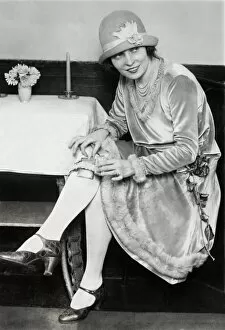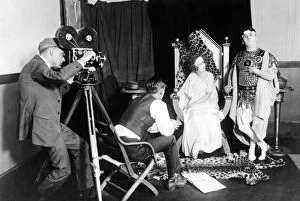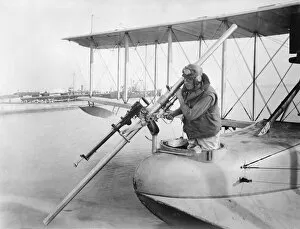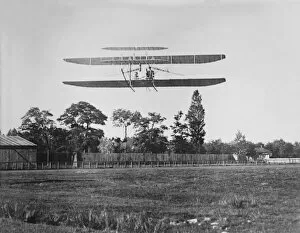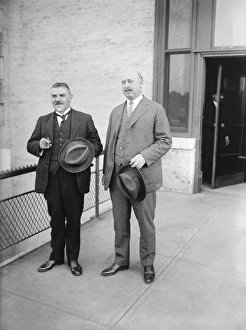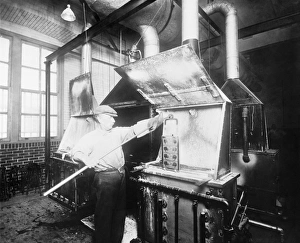National Photo Company Collection
Step back in time with the National Photo Company Collection, a captivating glimpse into the early 20th century
All Professionally Made to Order for Quick Shipping
Step back in time with the National Photo Company Collection, a captivating glimpse into the early 20th century. Through the periscope view of these photographs, we are transported to an era defined by innovation and transformation. In the midst of the roaring twenties and prohibition, we witness intriguing scenes unfold. A garter flask discreetly concealed beneath a lady's attire symbolizes defiance against societal norms. Meanwhile, confiscated stills serve as evidence of a clandestine world where bootlegging thrived. Amidst this backdrop of rebellion, De Forest pioneering Phonofilm revolutionized entertainment in 1924. The silent film production industry flourished as Hollywood captured hearts worldwide with its enchanting tales told without words. Yet not all moments frozen in time were filled with glamour and excitement. The Davis anti-submarine gun reminds us of World War I's devastating impact on humanity. Fingerprint records from 1924 document efforts to combat crime and establish order amidst chaos. As we delve deeper into history, illegal stills resurface once again - remnants of an underground economy that challenged authority during prohibition years. Albert Read emerges as a hero among men; his daring transatlantic flight embodies mankind's relentless pursuit for adventure and exploration. Bulletproof glass tests conducted in 1921 demonstrate society's quest for safety amidst uncertainty while army rooftop radio antennas reveal our growing reliance on communication technology during this transformative period. Lastly, hospital hydrotherapy treatments offer solace amid turbulent times – reminding us that even during challenging eras, healing remains paramount. The National Photo Company Collection encapsulates an extraordinary chapter in human history - one marked by resilience, ingenuity, and aspiration for progress. These snapshots provide us with invaluable insights into our past while igniting curiosity about what lies ahead.






